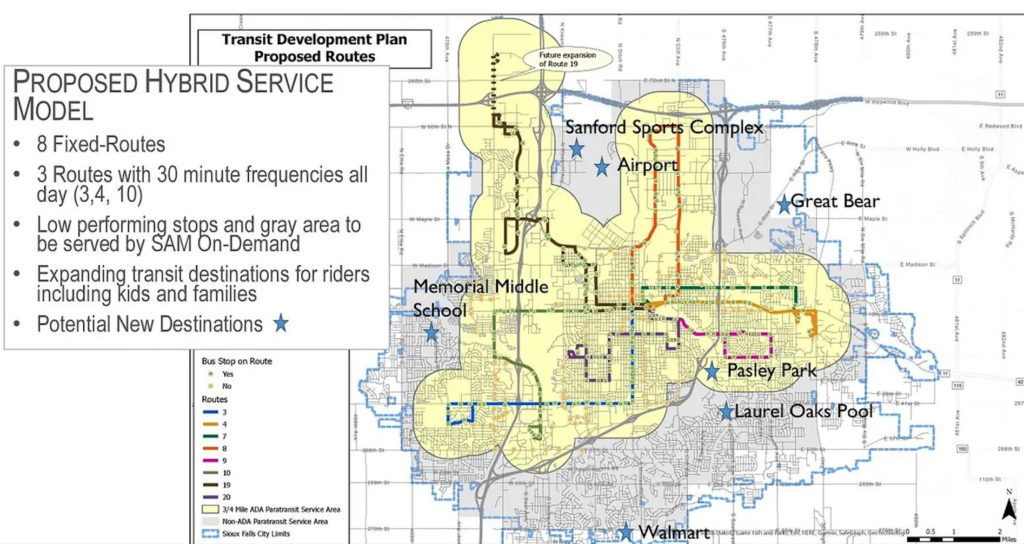Is the new public transit system working?
I couldn’t tell you personally, because I haven’t used the on-demand because I don’t like them data mining. But I have heard positives and negatives on the issue. Dakota Food Truck News did a story about the system, and I was surprised the GM didn’t kill the story because of the negativity towards the city. I wonder how many nasty calls they got from Poops’ ‘TEAM’ about this;
Brockman has used Sioux Area Metro and locally has not had any issues. He said that he has not been able to get a response from Via on the concerns he has and hopes things can be adjusted.
“It really sounds good in theory,” Brockman said.
Another option with SAM on Demand is the ability to reserve a ride ahead of time.
Brockman said that it’s a great idea, but he said that he has not been able to use that feature and that it needs to be 24 hours in advance, which is not convenient with him.
I actually find it baffling that the largest city in the state has one of the worst public transit systems in the nation. It would be different if this was sunny California where you can easily ride a bike or even walk everywhere, but with our extreme weather changes a good public transit system is important.
While I haven’t rode the public transit system in Sioux Falls, I was a daily rider in High School. In the late 80’s I lived in a suburb of Seattle, I moved to another adjacent town, so my school changed, but I didn’t want to go to that school, so my former school had open enrollment, the problem was I couldn’t take the school bus anymore so I would get a ride in the morning from my dad and take the CT (Community Transit) home. It was faster then the school bus and I was home within a half hour. I also ride public transit when I travel because other cities make it very easy to use. I told someone once, “You would literally have to be brain dead if you couldn’t figure out San Fran’s transit system.”
While On-Demand is nice, they really need to have fixed routes and they need to run from 5 AM to 10 PM, 7 days a week! The current hours are;
Monday to Friday: 6:00am to 9:15pm
Saturday: 8:00am to 6:00pm
I think it is strange that you have all these White Christian Nationalists in this town that don’t provide bus service on a Sunday so folks can attend a church service, or even a BBQ at a friend’s place.
Has any of my readers tried the new service?
This is what happens when you build a transit system around cars instead of moving people. There are streets in this town if I ride my bike on them, it would be a death wish.
